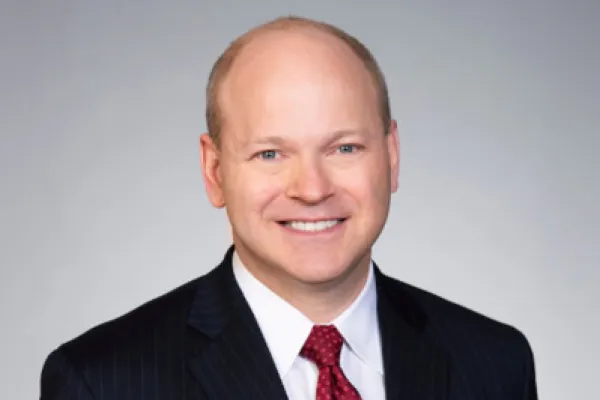Japan’s Government Pension Investment Fund is very big — it’s ten times the size of the Canada Pension Plan Investment Board — and, up until now at least, it has been extremely conservative.
But all that’s about to change, as a ‘blue ribbon’ panel (which is awesomely named the ‘Panel for Sophisticating the Management of Public/Quasi-public Funds’) has recommended that the GPIF and its smaller cousins diversify and professionalize.
Indeed, in its final report, the Panel has made a variety of suggestions that, if implemented, will dramatically alter the traditionally conservative Japanese pension universe. Here’s what the report says:
"Under a long-term outlook on benefits and contributions in pension finance, the GPIF and the like should diversify investments by investing in new types of assets (including real estate investment trusts, real estate, infrastructure, venture capitals, private equities and commodities)."
That sounds good. And this is how the report says this should be accomplished:
- Independence: "In the case of a public pension, in particular, the minister in charge serves as the minister in charge of supervising the fund as well as the insurer of the pension. Even in such case, the governance structure should allow funds to fully demonstrate independence and creativity on the premise that the minister has the responsibility to appoint the president while the fund has a fiduciary responsibility as a trustee to the minister."
- Decision Making: "In order to manage funds, appropriate organizational arrangements are required for funds to fulfill their fiduciary responsibility as trustees. As far as the president of the organization has the sole decision-making power and responsibility under the current non-collegial decision-making system, however, depending on the size and characteristics of the organization, this system may fail to function adequately. A more desirable structure would be a collegial decision-making system where full-time experts, with consideration given to conflict of interest, play a central role in collegially making decisions on key investment."
- Organizational Capabilities: "In order to diversify investments and to enhance risk management, it is essential for each fund to introduce leading experts and dedicated pay systems for those experts. Therefore, in order to enable funds to appropriately secure experts and enhance risk management depending on their sizes and characteristics, flexible treatment should be allowed with regard to the restrictions on the number of employees, the wage levels, and expenses of incorporated administrative agencies that have been decided by the Cabinet."
I think all of this sounds eminently sensible and correct. The 'Panel for Sophisticating' has clearly captured the essence of what it takes to run a large, public pension fund effectively. The real question, however, will be whether this actually goes anywhere. In the world of public pension funds, you get quite used to seeing advice ignored by the powers that be... here's hoping this time is different.






